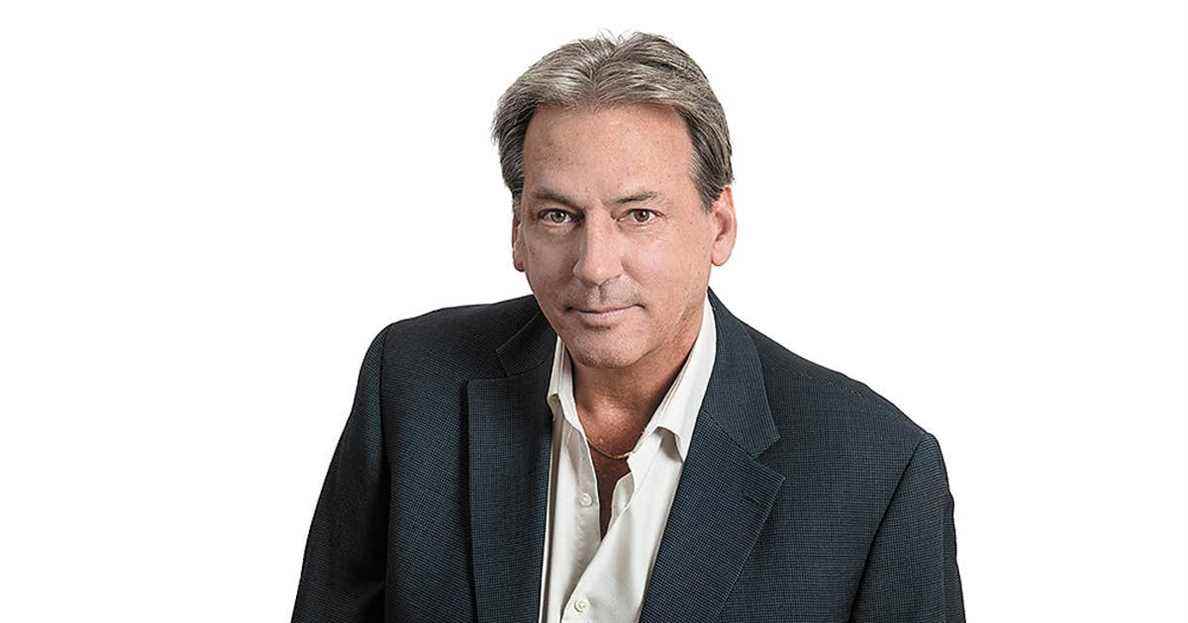Central banks have set the stage for their monetary tightening. The US Federal Reserve (Fed) says it is ready to engage its target rate in an upward movement at its next meeting, on March 16. For its part, the Bank of Canada was waiting for the absorption of excess capacity in the economy, which is done. Its next key rate announcement is scheduled for March 2. “The Governing Council judges that the excess capacity of the economy as a whole has been absorbed, and therefore that the condition set out in the Bank’s forward guidance with respect to the policy rate has been met. It has therefore decided to put an end to its exceptional commitment to maintain the key rate at its floor value. The Board of Directors anticipates that it will be necessary to increase interest rates. »
As for the size of the movement, in the United States, the majority of the members of the Monetary Committee of the Federal Reserve last year forecast three rate hikes of a quarter of a percentage point each in 2022, a similar scenario in 2023 and two hikes in 2024, which would push the Fed’s target rate above 2%. This course was not confirmed on Wednesday, the Fed saying instead that it will adjust to the evolution of economic indicators. In Canada, “the timing and pace of hikes will be guided by the Bank’s commitment to achieving the 2% inflation target”, she merely emphasizes, while reiterating that the neutral nominal policy rate is in the middle of the 1.75–2.75% range.
In its Monetary Policy Report, the Canadian central bank sees inflation as measured by the consumer price index (CPI) remaining around 5% during the first half of the year to end the year at around 3% , as distortions in supply chains fade. Inflation is then expected to hover around 2.25% in the second half of 2023 to stay close to the 2% target in 2024. Assuming short-term inflation expectations have risen, but long-term expectations remain anchored to the 2% target, it still intends to maneuver so that these higher short-term expectations do not have “a lasting influence on inflation”.
Inflation is setting in
Because inflation is taking root, driven by soaring energy prices and supply distortions from supply chain disruptions amplified by Omicron. Goods inflation reached nearly 7%, well above its ten-year average of around 1%. In services, it reached 3.5%. “Because of these factors, there is price pressure on more CPI components. Nearly 55% of them are now growing at a rate of more than 3%, which is well above the historical average of 30%. The rise in food prices alone has reached its highest level in ten years. That of food purchased in stores increased by nearly 6% year-on-year. On the real estate scene, the price index for owned accommodation increased by 4.1% in 2021. For the cost associated with maintenance alone, the increase was 11.4%.
If the key rate remains its main tool, the Bank of Canada should accompany its monetary tightening first by stopping purchases of securities for replacement purposes, then by reducing the size of its balance sheet, thus extending the overall effect on the yield curve. “The Bank will keep its Government of Canada bond portfolio fairly stable at least until it begins to raise the policy rate. At that time, the Board of Directors will assess the possibility of closing the reinvestment phase and reducing the size of the Bank’s balance sheet. If necessary, it will not proceed to the resale on the market, but rather to the non-replacement of the maturing bonds. The mix of “rate hikes and balance sheet reductions” will therefore be a sensitive operation. This reinvestment phase requires purchases of Canadian government bonds of $4 billion to $5 billion per month. As for the size of its bond portfolio, it hovers around $435 billion, accounting for 87% of its total assets and 28% of the roughly $1.545 billion in interest-bearing federal debt, according to Statistics Canada data. from October 2021.
